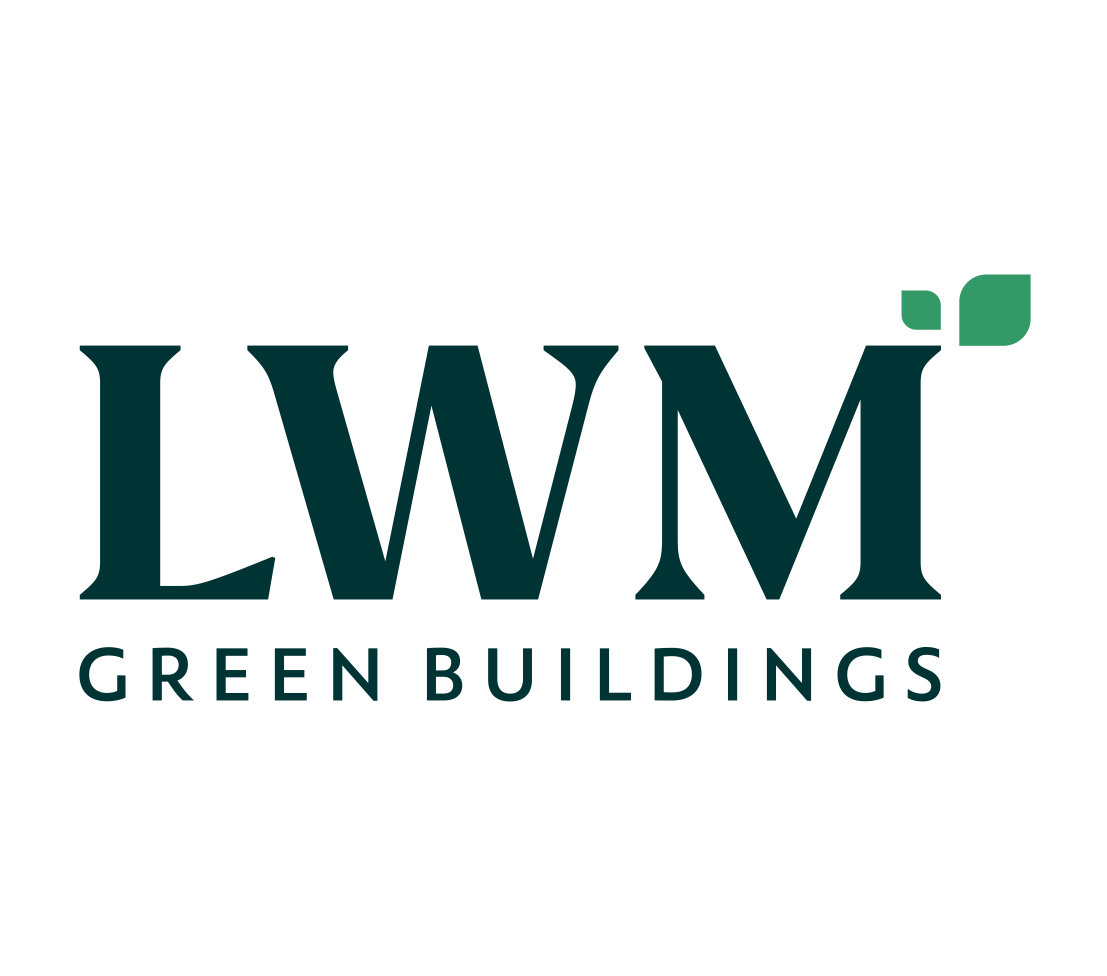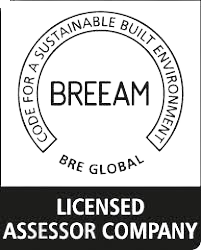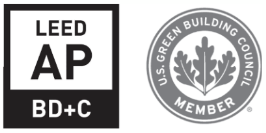Let us help
you to reduce your
energy costs.
What defines a passive building?
Increasing energy prices are encouraging building owners to purchase micro-installations from renewable energy sources. Unfortunately, this is not enough to cover 100% of the energy required to operate the building and achieve energy independence or zero energy bills! Self-sufficient buildings are buildings whose heating energy requirements are up to 90% less than conventional buildings. Such buildings are called passive buildings.
Rate your building
You are welcome to submit your projects for review or contact our licensed passive building designers in order to bring your project up to this standard.
Passive buildings are buildings with almost zero heating energy requirements. There are no limits to their design: they do not depend on technology (high air-tightness of the building envelope can be achieved in both wood and reinforced concrete buildings), nor on location (passive buildings are located both in cold climate zones: all over Canada and in Mediterranean climate zones: Greece, Italy), nor on form. An existing building can also become a passive building; it does not have to be a new building. An additional advantage in these buildings is its health benefits: in such a building, the occupant is not exposed to pollutants such as smog (particulate matter PM10), poor air quality (with uncontrolled concentrations of toxic compounds, i.e. N2O, NO, NO2, CO2, O3, Radon) and humidity. Excessive humidity at lower temperatures can lead to lung diseases and the proliferation of bacteria and viruses – i.e. Sick Building Syndrome. In a passive building, humidity and air quality are controlled and adapted to the outside conditions.
The energy transition has only recently been gaining momentum, but the passive building design method has been around for 30 years. The Darmstadt Institute has also been generating data for 30 years confirming the lower maintenance and operating costs of passive buildings worldwide (up to 15 kWh/m2.year). It is therefore worth investing in slightly higher design (5 %) and construction (3-10 %) costs for these buildings in order to achieve a building that will not lose value as a result of the energy transition and changing technical or CO2 reduction requirements.






